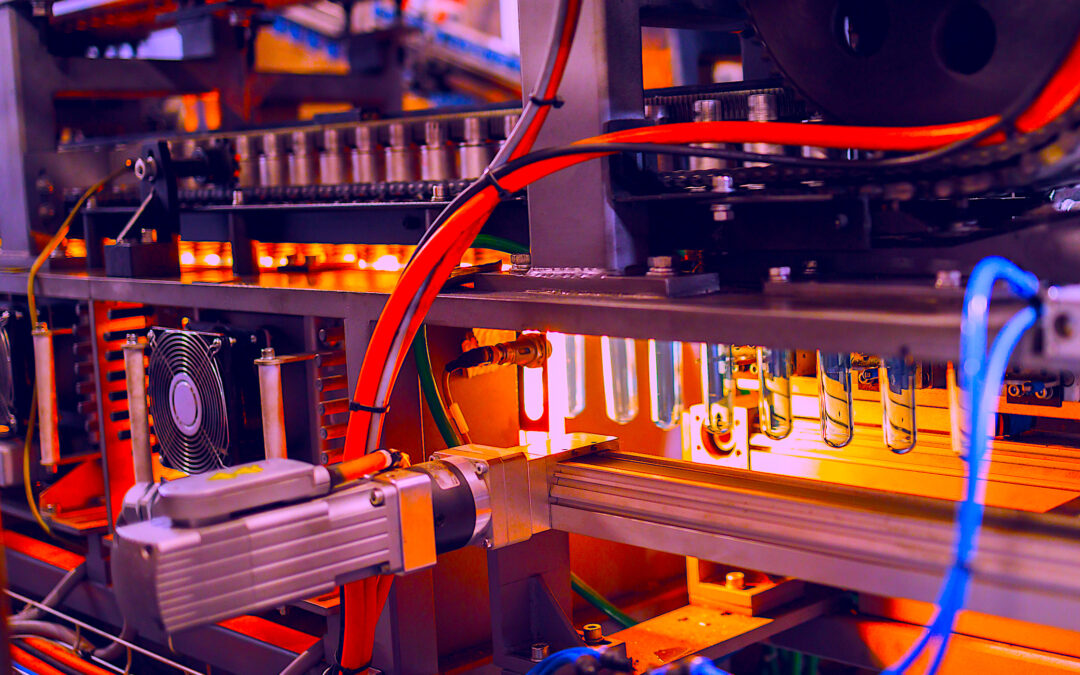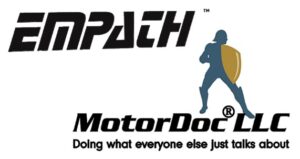This is the sixth column in an ongoing series with the following theme: “If there were ever a time to get serious about lean manufacturing, it’s now. The vision of doing more with less of everything may very well be the new reality in our upside-down, post-pandemic world.” To recap: In my June 6, 2022, column, (see link below), I recommended a goal that RAM Professionals can readily grasp: “Lean Equipment Management (LEM) for the most critical, most penalizing equipment-driven processes.” That, in turn, begins with a business focus.
A SHORT CASE EXAMPLE CONTINUED (ROOT CAUSES)
The LEM scope of work began by addressing manufacturing process bottleneck equipment. Problems at the bottleneck equipment during a scheduled production run don’t just interrupt production at the targeted equipment, but also at the downstream manufacturing processes. In a LEAN mindset, we must consider anything that affects production process FLOW, especially relating to a known production bottleneck.
I previously introduced the LEM Team that asked the question stated by Principle #1: “What are the major causes of poor equipment performance?” The team then identified unplanned downtime reasons: “no operator(s), jammed tooling, scrap/trim removal system plugged up, and running out of materials to process.” Armed with this data, the LEM TEAM branched out to include representatives from Inventory Control, Procurement, and Tooling Engineering and Repair. Let’s take the equipment losses in this case one at a time.
“No operator” was a mixed loss. Some of these were a spate of benefits meetings with Human Resources and regular “Lean” team meetings all held during scheduled production runs. Bad timing for meetings!
What about “jammed tooling?” The process uses removable tooling that requires operator cleaning and inspection upon removal and before placing in the tooling storage racks. If repairs or cleaning of seriously impacted materials were needed the operators are required to TAG the tooling, indicate the problem on the tag, and move it to a tooling repair area. Some of the “jammed tooling” downtime was caused by damaged/dirty tooling placed on the tooling racks without being tagged for repair or cleaning.
The downtime losses of “scrap/trim-removal system plugged up” were just that. The trim scrap buildup would signal the operators to shut down the equipment until the scrap/trim system could be repaired. This supporting system, though, was the responsibility of another department tasked with receiving and baling trim scrap for recycling. The “plugged up” scrap-removal system was therefore a “maintenance problem.” There were NO requirements for operator cleaning or inspections and no maintenance PMs on the pneumatic system piping that “plugged” with trim scrap.
The cited “materials” problems involved inaccurate unit-count tickets, material-handling damage, and damage from humidity (warping). These issues were the responsibility of the Inventory Control and Procurement departments.
Improper storage in the warehouse led to material-handling damage and warping. Procurement owned the problems of substituted (non-standard) material. In these cases, the buyers were sourcing alternative materials (sometimes recycled ones) that would not feed properly and/or warp, or cause ragged edges. Those material problems also contributed to tooling problems AND plugging up of the scrap/trim removal system.
Stay tuned. In the next installment (Part 3), we’ll explore the equipment-performance goal of zero losses.TRR
Click These Links To Read Prior Installments In This Series
“Is Lean Manufacturing Dead? Surely Not” (May 31, 2022)
“Lean Manufacturing: Where To Begin?” (June 6, 2022)
“Lean Manufacturing: The 7 Principles Of Lean Equipment Management” (June 13, 2022)
“Lean Manufacturing: Leadership & Teamwork” (June 20, 2022)
“Lean Equipment Management: How To Put Its 7 Principles To Work (Part 1)” (June 27, 2022)
ABOUT THE AUTHOR
Bob Williamson is a long-time contributor to the “people-side” of the world-class-maintenance and manufacturing body of knowledge across dozens of industry types. His vast background in maintenance, machine and tool design, and teaching has positioned his work with over 500 companies and plants, facilities, and equipment-oriented organizations. Contact him directly at 512-800-6031 or bwilliamson@theramreview.com.
Tags: reliability, availability, maintenance, RAM, asset management, skills development, on-the-job training, supply-chain issues, training and qualification, professional development



